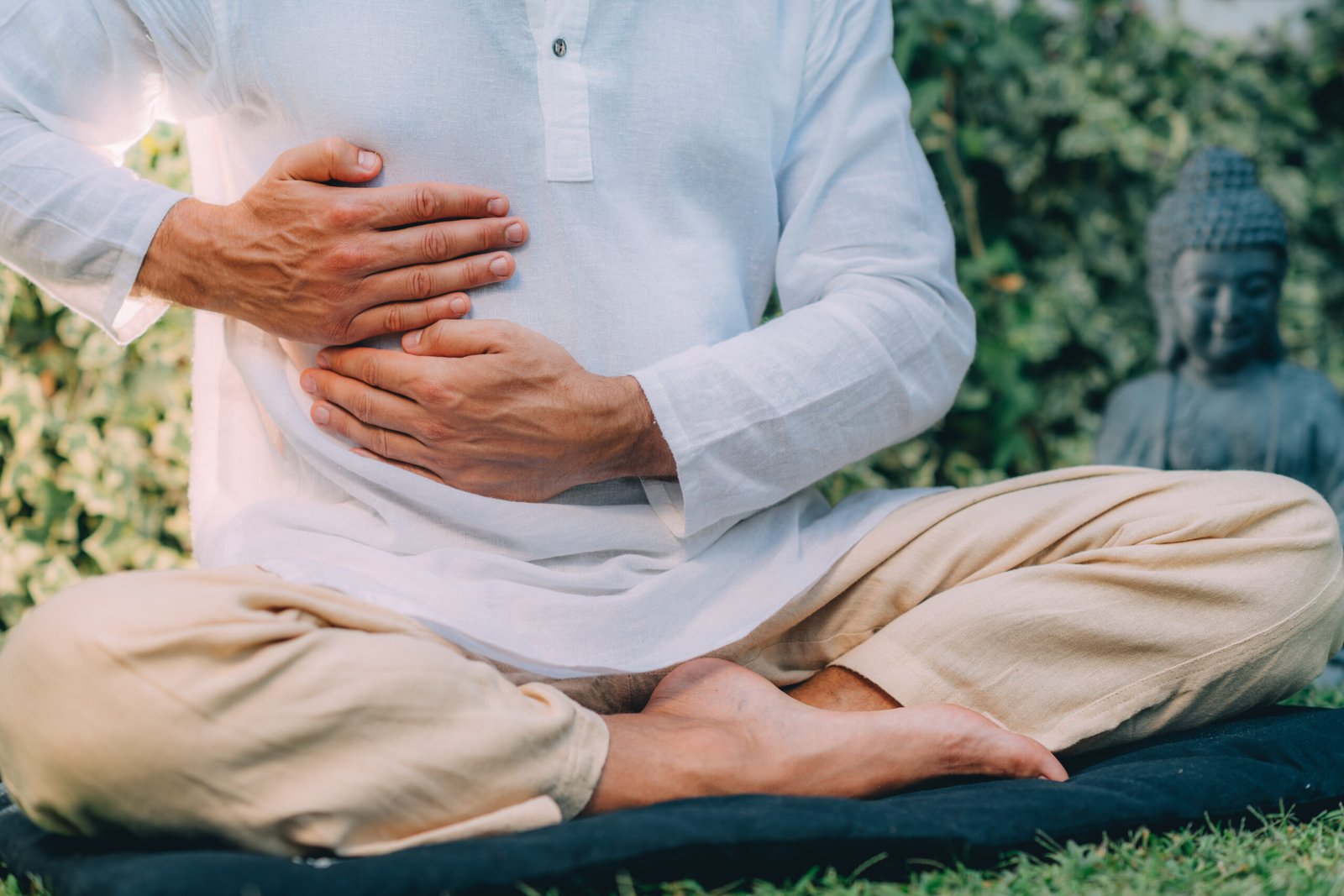In today’s world, digestive disorders such as Irritable Bowel Syndrome (IBS) are increasingly common, affecting the health and quality of life of millions. Ayurveda, the ancient Indian system of medicine, offers holistic approaches to such conditions. One such therapy is Nabhi Basti with Bilva Taila, which has shown promising results in managing IBS-like symptoms.
This blog explores the Ayurvedic perspective of Vataja Grahani, its relation to IBS, and how Nabhi Basti serves as an effective intervention based on recent clinical research.
Understanding Vataja Grahani and Its Correlation to IBS
In Ayurveda, Grahani Roga is a gastrointestinal disorder characterized by impaired digestive fire (Agni). This leads to irregular bowel habits, abdominal pain, and other symptoms. When Vata Dosha predominates, it results in Vataja Grahani, which manifests as:
• Frequent passage of watery stools
• Painful or prolonged defecation
• Abdominal bloating and distension
• Frothy stools accompanied by flatulence

Modern medical science identifies a similar condition, Irritable Bowel Syndrome (IBS), as a functional bowel disorder. It is marked by abdominal pain, altered bowel movements, and the absence of detectable structural abnormalities. Studies indicate that IBS affects approximately 4–7 percent of the global population and often has a significant psychosomatic component.
What is Nabhi Basti?
Nabhi Basti is a therapeutic procedure in which medicated oil is retained over the navel area for a specified duration. While classical Ayurvedic texts describe treatments like Nabhi Purana (filling the umbilical area with oil), Nabhi Basti is a modified method developed to address disorders such as Vataja Grahani.
This therapy is considered part of Bahirparimarjana Chikitsa (external treatment) and is believed to:
• Stimulate digestive fire (Agni Deepana)
• Detoxify metabolic wastes (Amapachana)
• Normalize Vata Dosha and enhance gut motility
The Role of Bilva Taila
The medicated oil used in Nabhi Basti, Bilva Taila, is prepared with several herbal ingredients known for their digestive and anti-inflammatory properties:
• Bilva (Aegle marmelos): Anti-diarrheal and antimicrobial properties
• Shunti (Zingiber officinale): Carminative and anti-inflammatory effects
• Musta (Cyperus rotundus): Antispasmodic and digestive stimulant
• Punarnava (Boerhavia diffusa): Stress-relieving and digestive regulation
• Dhataki (Woodfordia fruticosa): Helps control diarrhea and reduce inflammation

These herbs collectively pacify aggravated Vata, stimulate digestion, and alleviate abdominal discomfort.
Mechanisms of Action of Nabhi Basti
The effectiveness of Nabhi Basti can be attributed to its dual action:
1. Procedural Effect
The navel is a critical area associated with the Manipura Chakra in Ayurvedic and yogic sciences. Stimulating this area is believed to balance digestive fire and regulate nervous and digestive system functions. Additionally, the therapy activates the coeliac (solar) plexus, improving peristalsis and secretion of digestive enzymes.
2. Drug Effect
The active phytochemicals in Bilva Taila penetrate through the skin and enter systemic circulation via the venous network surrounding the umbilicus. This allows the medicinal properties to directly act on the intestines and nervous system, alleviating symptoms of Vataja Grahani.
Conclusion
This clinical study highlights that Nabhi Basti with Bilva Taila offers a holistic and non-invasive approach to managing Vataja Grahani, a condition closely resembling Irritable Bowel Syndrome. The therapy not only improves digestive function but also addresses the psychosomatic aspects of the disorder.
As a safe, cost-effective, and Ayurveda-based therapy, Nabhi Basti holds promise for patients seeking integrative solutions to chronic digestive issues. Consulting a qualified Ayurvedic practitioner is recommended before undertaking this therapy.



